A Beginner's Guide to Suspension Training: TRX Workouts and Beyond
Are you looking to spice up your workout routine and challenge your body in new ways? Suspension training may be just what you need. These workouts, utilizing equipment like TRX straps, can help improve your balance, strength, and flexibility all at once. But if you’re a beginner, the world of suspension training can seem overwhelming.
That’s why we’ve put together this guide to help you get started! From basic exercises to advanced moves and tips for setting up at home, we’ll cover everything you need to know about suspension training so that you can add it into your fitness routine with confidence. So grab those straps and let’s get started!
Introduction to Suspension Training
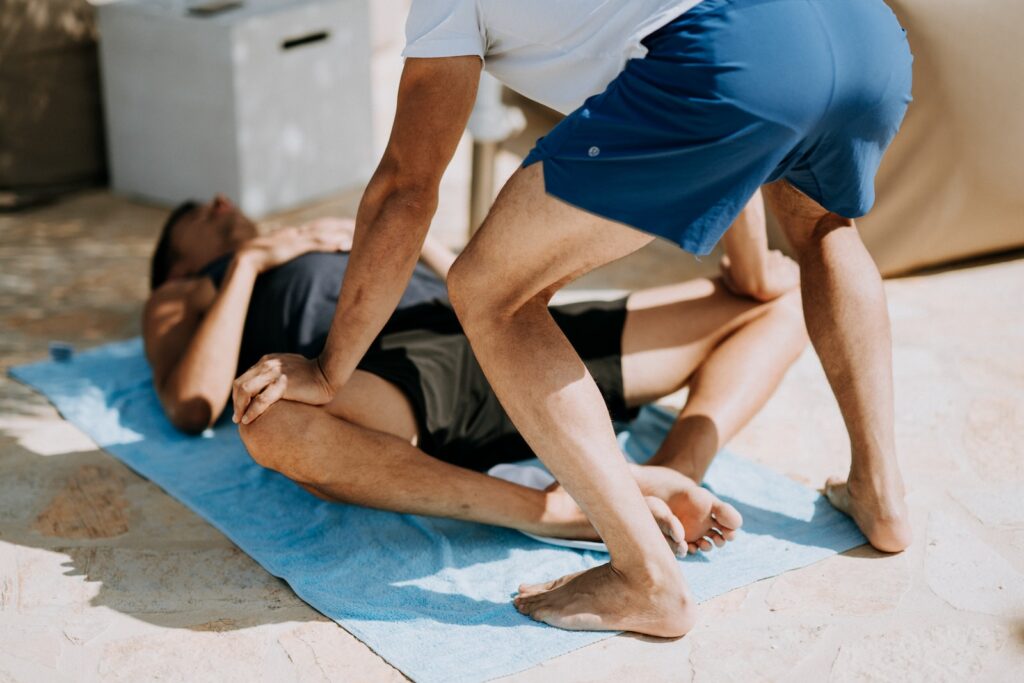
Suspension training is a type of bodyweight exercise in which the hands or feet are held off the ground using a system of straps or a harness. This allows the body to move freely in three dimensional space, providing a unique and challenging workout.
There are many benefits to suspension training, including improved strength, flexibility, and balance. In addition, suspension training can be done anywhere there is a sturdy anchor point, making it a convenient workout option for busy people on the go.
If you’re new to suspension training, it’s important to start slowly and practice proper form. As with any type of exercise, if you have any health concerns or injuries, please consult your doctor before beginning a suspension training program.
Types of Suspension Training
There are three main types of suspension training:
- TRX Training :
TRX training is a type of suspension training that uses specialised equipment, called a TRX Suspension Trainer. This trainer consists of two adjustable straps that are attached to a sturdy anchor point, such as a door frame or ceiling beam. You can use the TRX to perform a variety of exercises that target different muscle groups.
- Bodyweight Training :
Bodyweight training is a type of suspension training that uses your own body weight as resistance. This can be done with or without specialised equipment, such as a TRX Suspension Trainer. Some common bodyweight exercises include pull-ups, push-ups, and squats.
- Weighted Training :
Weighted training is a type of suspension training that uses weights to provide resistance. This can be done with or without specialised equipment, such as a TRX Suspension Trainer. Some common weighted exercises include biceps curls and overhead presses.
Benefits of Suspension Training
Suspension training is a great way to get a full-body workout without having to go to the gym. Suspension training can be done at home with minimal equipment, making it a convenient and affordable workout option.
There are many benefits to suspension training, including:
- Full-body workout: Suspension training works your entire body, from your legs and glutes to your chest and arms.
- Convenient: As mentioned, all you need for suspension training is minimal equipment, so it can be done anywhere, anytime.
- Affordable: Unlike most gym memberships, suspension training equipment is fairly affordable and can be used for years to come.
- Fat burning: Suspension training is a great way to burn fat as it requires both cardio and strength components.
- Functional fitness: In addition to building muscle and losing fat, suspension training also increases functional fitness, meaning you’ll be better equipped for everyday activities outside the gym.
Safety Tips for Using Suspension Training
When using suspension training, always be sure to use a spotter when performing exercises that are new to you. It is also important to be aware of your surroundings and make sure that the area around you is clear of any obstacles that could trip you up.
Be sure to wear comfortable, supportive shoes and clothing when working out with suspension equipment .Start with lower-body exercises and progress to upper-body exercises as you get stronger. If at any point during your workout you feel pain, stop immediately and consult a medical professional.
Muscles Worked with TRX and Other Suspension Trainers
TRX and other suspension trainers are a great way to get a full-body workout. They provide resistance and support, allowing you to target specific muscle groups. Here are some of the muscles you can work with TRX and other suspension trainers:
-Chest: The chest is one of the most active muscles when using TRX and other suspension trainers. The resistance provided by the straps helps to tone and strengthen the chest muscles.
-Back: The back muscles are also heavily engaged when using TRX and other suspension trainers. These exercises help to strengthen and tone the back muscles, providing better support for the spine.
-Shoulders: The shoulders are another area that is heavily worked with TRX and other suspension trainer exercises. These exercises help to build strength in the shoulder girdle, improving stability and preventing injuries.
-Arms: Both the biceps and triceps are worked with TRX and other suspension trainer exercises. These exercises help to build strength and definition in the arms, providing better support for the body as a whole.
-Core: The core is essential for stabilizing the body during any type of exercise. Suspension training helps to engage all of the muscles in the core, providing a strong foundation for movements.
Suspension training is a great way to get a full-body workout, targeting all major muscle groups. With regular use, you can see improved strength, endurance, and definitions in your muscles.
Best TRX Exercises for Beginners
There are a variety of TRX exercises that are perfect for beginners. Here are some of the best TRX exercises for beginners:
- TRX Chest Press – This exercise is great for working the chest and triceps. To perform this exercise, start by standing facing the anchor point with your feet shoulder-width apart. Grip the handles of the TRX straps and extend your arms straight out in front of you at chest level. Bend your elbows and lower your body down until your chest is just a few inches from the floor. Pause for a moment and then press back up to the starting position.
- TRX Rows – This exercise is ideal for targeting the back muscles. To perform TRX rows, start by holding the handles of the TRX straps and extending your arms straight out in front of you at shoulder level. Step back so that your body is at an inclined angle and tighten your core muscles. From here, bend your elbows and row your body up towards the anchor point. Pause for a moment and then lower yourself back down to the starting position.
- TRX Bicep Curls – This exercise helps to build strong biceps. Start by standing with your feet shoulder-width apart and gripping the handles of the TRX straps with your palms facing up. curl your hands up towards your shoulders, maintaining a slight bend in your elbows throughout the movement. Once your biceps are fully contracted, pause for a
A Sample Workout Routine for Beginners
If you’re new to suspension training, or TRX workouts, it’s important to start slow and gradually increase the intensity of your workouts. Below is a sample workout routine for beginners that can be done at home with minimal equipment.
Warm-up:
Start by doing some light cardio to warm up your muscles. This could be walking on a treadmill, riding a stationary bike, or even jogging in place. Just get your heart rate up and your muscles warm so you don’t pull anything when starting your TRX workout.
Bodyweight exercises:
Once you’re warmed up, it’s time to start with some bodyweight exercises. These are perfect for beginners as they don’t require any additional equipment. Start with easy exercises like tricep dips and push-ups, then move on to more challenging ones like inverted rows and single-leg squats. Don’t forget to add in some core work like planks and sit-ups. As you get stronger, you can add in more repetitions or sets of these exercises.
TRX exercises:
Now that your muscles are warmed up, it’s time to start using the TRX straps. Begin with simpler exercises like TRX rows and biceps curls, then move on to more complex moves like chest presses and shoulder presses. Remember to focus on form rather than speed or reps; you want to make sure you’re doing the exercises correctly so you don’t injure yourself. As you
Conclusion
Assuming you have a basic understanding of suspension training, let’s move on to some TRX workouts. Here are three great TRX moves for beginners that will help you get started with this type of training:
- The TRX Chest Press
The TRX chest press is a great move for working the chest and triceps. To do the move, start by standing with your feet shoulder-width apart and holding theTRX handles in front of your chest. Next, press the handles away from your chest and return to the starting position. Make sure to keep your core engaged throughout the entire move.
- The TRX Row
The TRX row is a great move for working the back and biceps. To do the move, start by standing with your feet shoulder-width apart and holding theTRX handles in front of you at arm’s length. Next, row the handles back towards your body and return to the starting position. Make sure to keep your core engaged throughout the entire move.
- The TRX Lunge
The TRX lunge is a great move for working the legs and glutes. To do the move, start by standing with your feet hip-width apart and holding onto theTRX handles next to your hips. Next, step forward with one leg and lower into a lunge position. Return to the starting position and repeat on the other side. Make sure to keep your core engaged throughout the entire move.
These three moves are a great way to start your TRX training journey. Add any of these exercises into your workout regime to get the most out of suspension training.
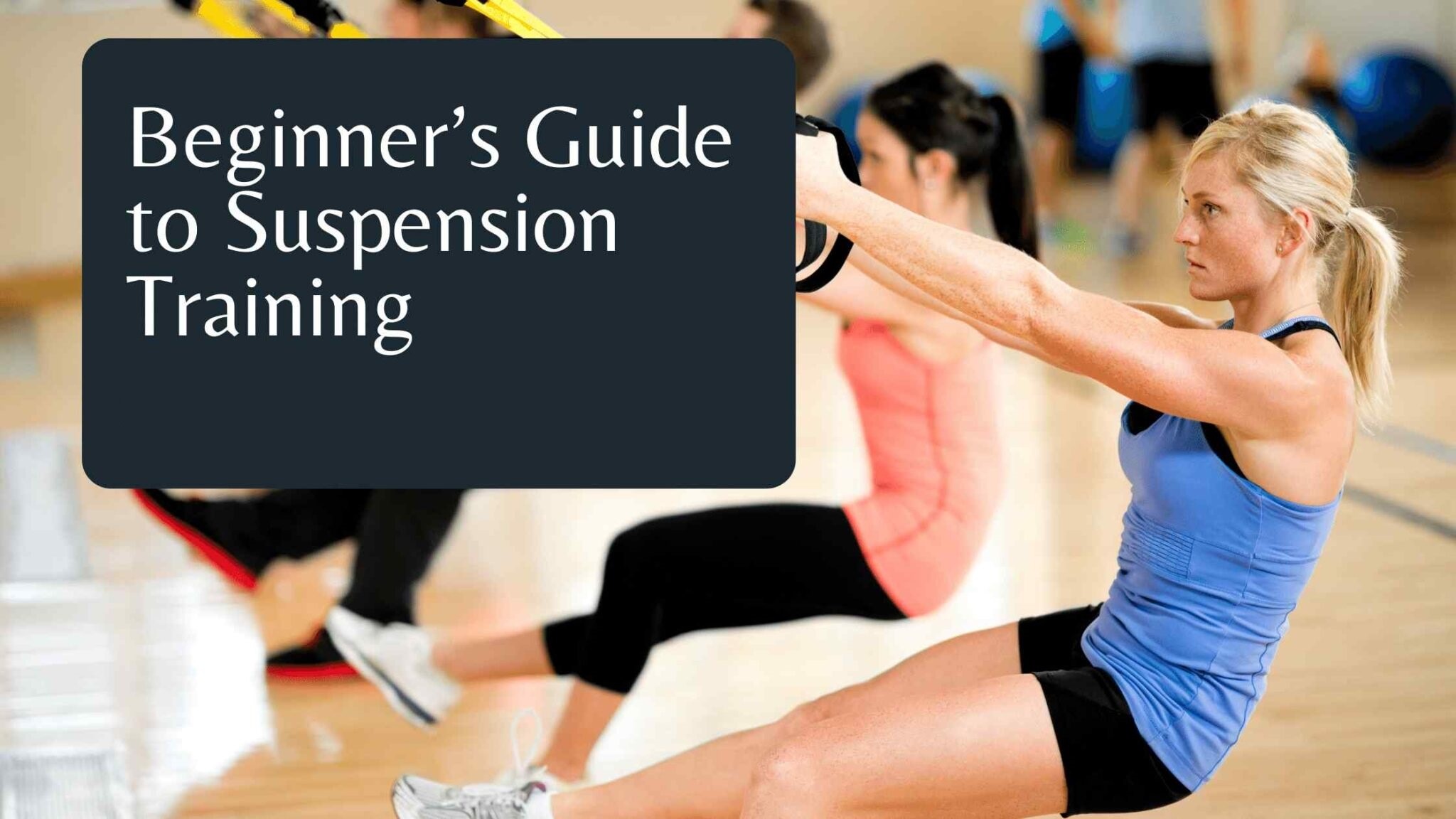
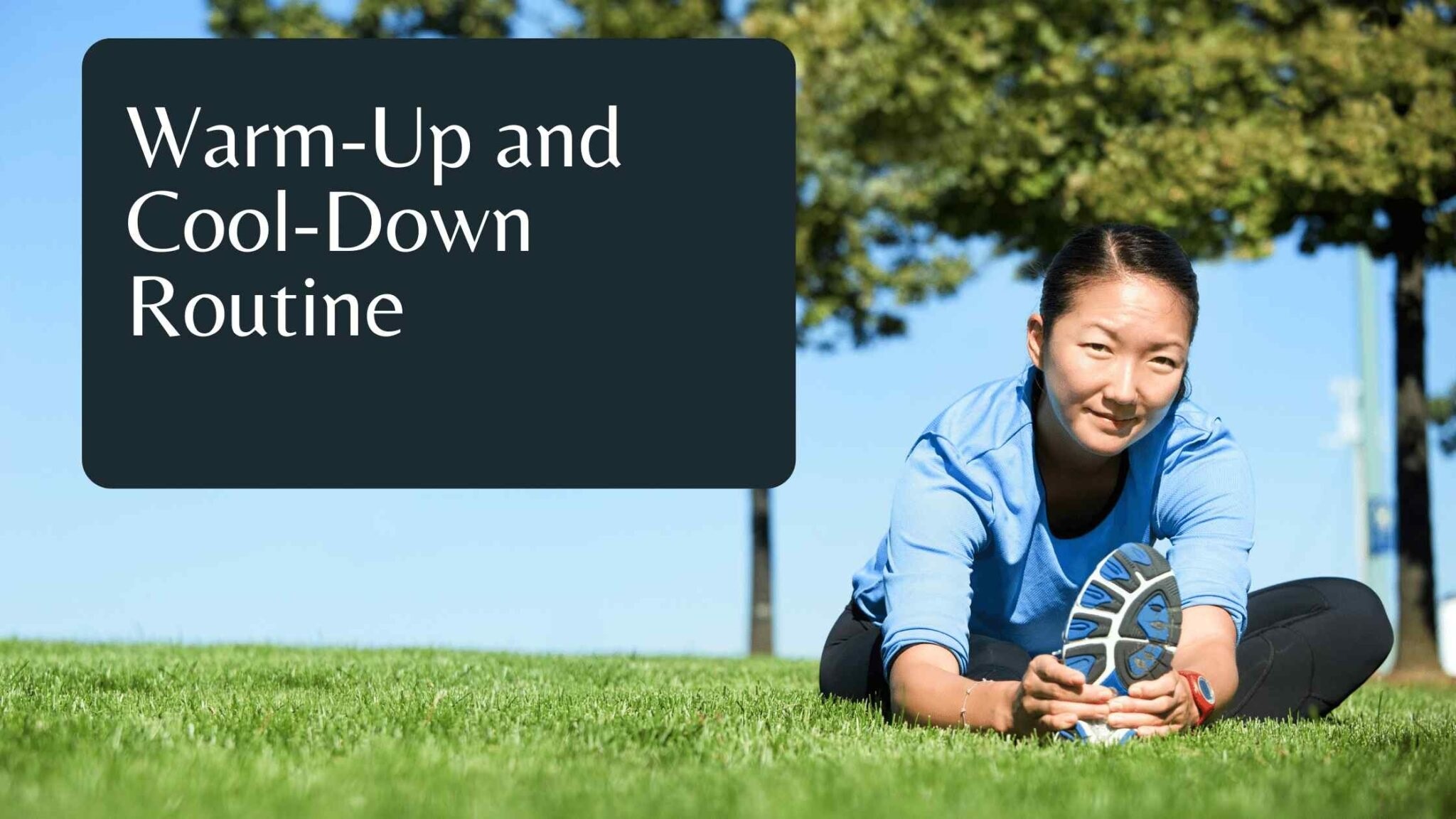

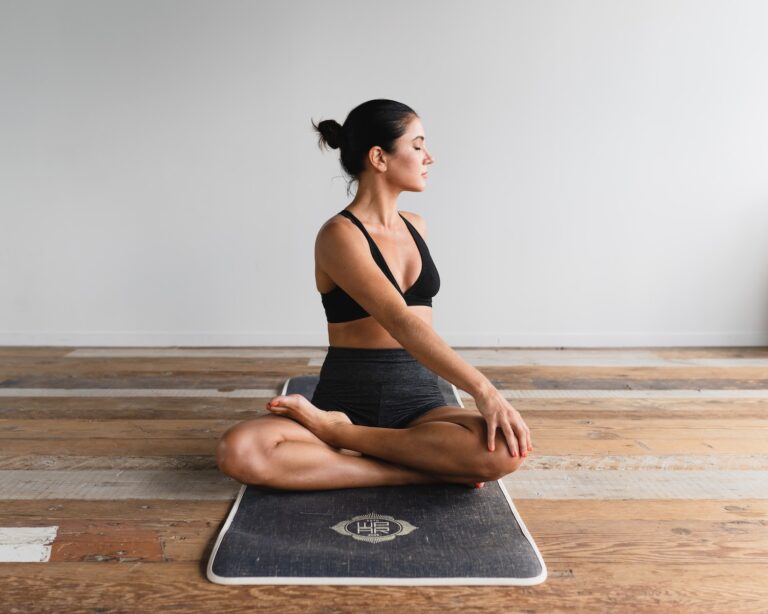


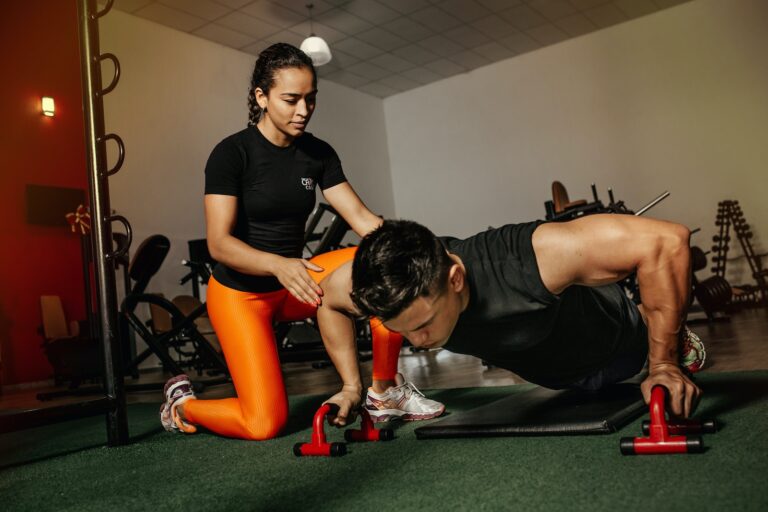
One Comment